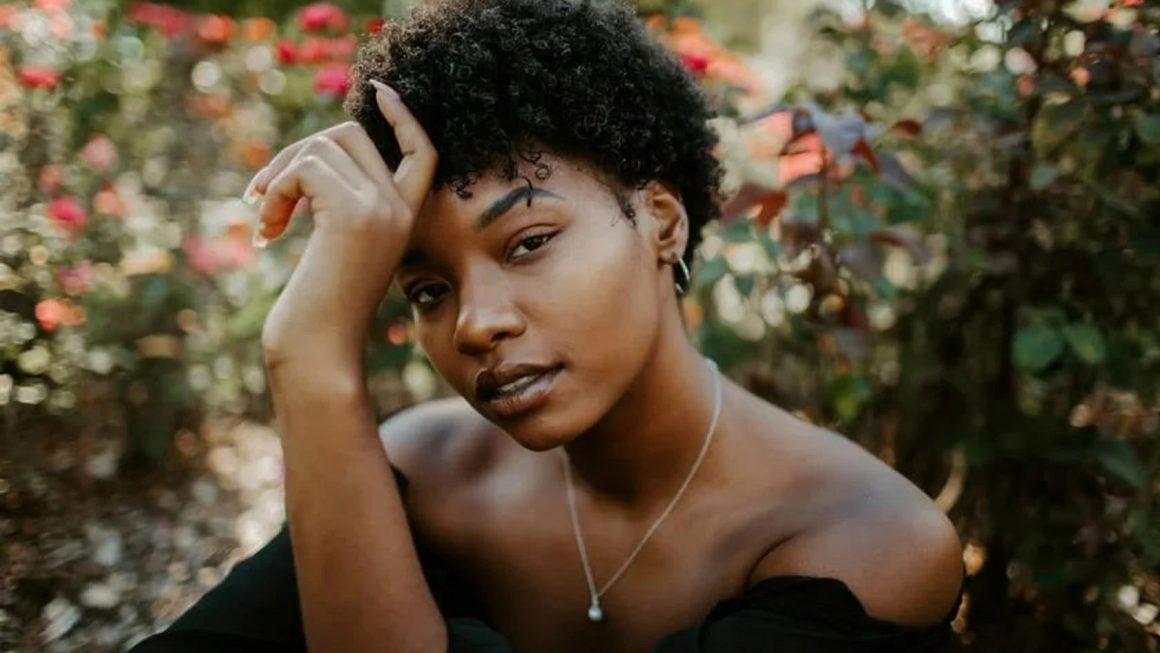Portraiture has a significant place in art history, serving as a powerful medium to capture the essence and personality of its subjects. Beyond merely replicating physical appearances, portraits delve deeper into the socio-cultural and psychological realms of individuals, offering profound insights into their lives and times.
Пинап казино is a large gaming platform, operating since 2016. The operator initially aimed at the CIS audience, so all the necessary conditions for a comfortable game have been created here. Gamblers from Kazakhstan will be pleased with the interface in Russian and Kazakh languages, as well as the ability to manage the game account in tenge.
The Evolution of Portraiture
From Ancient Times to Modern Era:
Portraiture dates back to ancient civilizations, where figures of power were immortalized in sculptures and paintings. The ancient Egyptians often commissioned portraits to secure their legacy in the afterlife. Similarly, Roman emperors used portrait busts to signify their authority and divine right to rule.
- Historical Significance:
- Portraits served as historical records, capturing not just appearances but also the attire, tools, and environments of their times.
- These early artworks often depicted gods, emperors, and other important figures, highlighting their divine or semi-divine status.
- Techniques and Styles:
- Early portraits focused on idealized beauty and symmetry, reflecting the societal values of the period.
- The Renaissance brought a shift towards realism, with artists like Leonardo da Vinci and Raphael leading the way.
The Psychological Depth of Portraits
Modern portraiture often aims to capture the deeper psychological aspects of its subjects. This involves expressing emotions, thoughts, and the subject’s inner world through visual art.
Psychological Elements in Portraiture:
- Expression and Emotion:
- Portraits can convey complex emotions, often revealing the subject’s mental state and personality traits.
- Artists use subtle cues like the posture of the subject, the play of light and shadow, and the choice of colors to convey these emotions.
- Symbolism and Metaphor:
- Objects or backgrounds in a portrait can hold symbolic meanings, offering insights into the subject’s life or beliefs.
- For instance, a book in a portrait might imply knowledge or learning, while a skull can symbolize mortality.
Example:
- A portrait of a nobleman might include a globe and books to signify his education and worldly knowledge.
Tables:
| Element | Interpretation |
|---|---|
| Light and Shadow | Highlights emotions, mood, and importance. |
| Objects in Background | Symbolize aspects of the subject’s life. |
| Color Usage | Emotional tone and mood. |
| Facial Expression | Direct insight into emotions and thoughts. |
Cultural Significance of Portraiture
Portraits have always been more than mere representations of people; they are cultural artifacts providing a window into societal values, fashion, technology, and power dynamics of the time.
Cultural Artifacts:
- Portraits from different eras show changes in fashion, indicating societal norms and cultural evolution.
- They capture technological advancements such as the use of photography in the 19th century, which democratized portraiture and made it accessible to the masses.
Key Points:
- Social Status:
- Historically, having one’s portrait made was a sign of wealth and status. It was often reserved for nobility, clergy, and other high-ranking individuals.
- In contemporary times, portraiture has become more inclusive, representing a diverse range of subjects from various socio-economic backgrounds.
Bullet Points:
- Portraits from the Victorian era often include detailed backgrounds showcasing the subject’s wealth and interests.
- Modern portraits might focus on everyday people, highlighting their unique stories and contributing to social narratives.
Self-Portraiture: An Artist’s Introspection
Self-portraits hold a special place within the genre of portraiture, allowing artists to explore their identity and self-perception. Famous artists like Vincent van Gogh and Frida Kahlo used self-portraits as a means of personal expression and introspection.
Introspective Elements:
- Self-Expression:
- Artists like Vincent van Gogh used self-portraits to convey personal struggles and mental states. His use of vibrant colors and expressive brush strokes illustrates his emotional turmoil.
- Frida Kahlo’s self-portraits are rich with symbolism reflecting her pain and resilience. Her use of vivid imagery provides a deep psychological insight into her experiences.
Impact on Memoir and Narrative:
- Self-portraits serve as visual memoirs, offering a glimpse into the artist’s soul and personal journey.
- They are often used in narrative writing to add depth to autobiographical accounts, enriching the storytelling with visual elements.
Conclusion
Portraiture is much more than a simple visual record; it is a profound artistic representation that bridges the gap between the physical and psychological worlds. Whether capturing the grandeur of historical figures or the intimate introspection of self-portraits, portraiture continues to be a powerful medium for exploring the human condition. As an evolving art form, it provides invaluable insights into the cultural, emotional, and psychological fabric of society.



